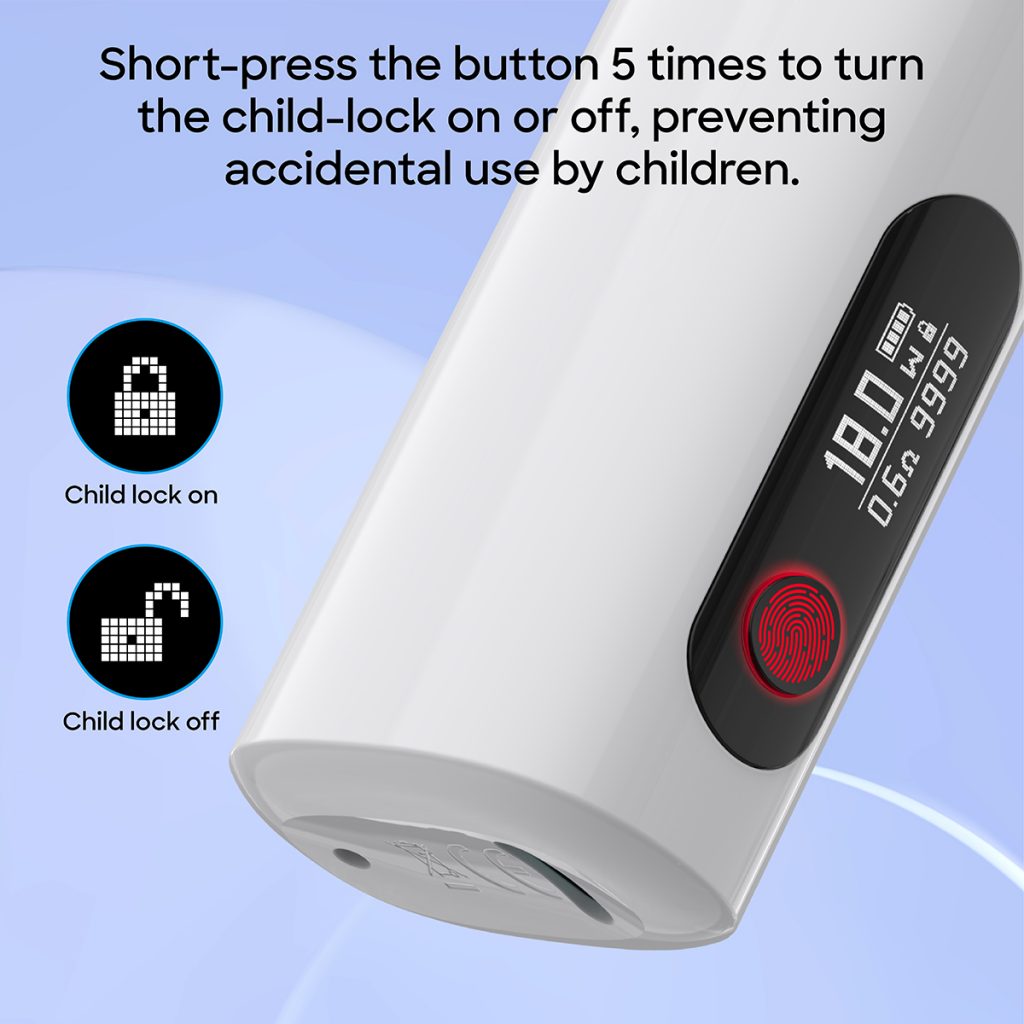In the early morning hours of Kuala Lumpur, the mist still lingered, neon signs flickered from street vendors, and a new trend regarding e-cigarettes was permeating government departments. Health Minister Zoyaqifli Ahmad, answering questions from senators in Parliament recently, clarified that Malaysia will implement a phased nationwide ban on e-cigarettes and vaporizers (vapes, e-cigarettes, and vaporizers), starting with “open-system” devices and then expanding to all e-cigarette products.
“Open-system” devices, in this context, are those that can be manually opened and filled with liquid, allowing users to choose a variety of vaporizing liquids. In contrast, “closed-system” vapes typically use pre-filled cartridges or disposable, non-refillable cartridges. The government believes that open-system devices are susceptible to misuse and could be used to load unauthorized and potentially harmful liquids, including nicotine, flavored liquids, and even more dangerous substances.
This proposed ban is not groundless. In recent years, the popularity of e-cigarettes among adolescents and young people in Malaysia has rapidly increased, raising health and public safety concerns. Lung damage, breathing problems, and even potential long-term chronic lung damage have become a major concern for parents, doctors, and public health officials. Public opinion and media outlets are increasingly focusing on the harmful effects of e-cigarette use among young people.
During the policy development process, the Ministry of Health held detailed consultations with multiple government departments, including the Ministry of Finance, Customs, Domestic Trade and Consumer Affairs, Investment and Industry, and the Legal Department. This ban is not the sole decision of the Ministry of Health but the result of a multi-departmental collaboration. The draft policy will be submitted to the Cabinet for formal approval.

At the local level, several states have proactively stopped issuing or renewing e-cigarette sales licenses. In states including Johor, Kelantan, Terengganu, Perlis, Kedah, and Pahang, local governments are no longer granting new or renewed licenses to vape shops. These serve as pilot programs or foreshadowings for nationwide policies. However, a complete ban on the sale and use of e-cigarettes is not without controversy. The e-cigarette industry has already established a significant scale and economic contribution in Malaysia. Some point out that a sudden, blanket ban would pose a financial threat to existing vape shops, manufacturers, distributors, and related professionals. Others argue that e-cigarettes are sometimes seen as an alternative to traditional cigarettes and, if used under strict regulations, could have a positive impact on reducing tobacco use and alleviating the harms of traditional smoking.
Under this policy pressure, some e-cigarette brands have the opportunity to become role models if they comply with regulations, enhance transparency, and assume social responsibility. For example, if the VEEHOO brand (assuming it has a significant presence in the Malaysian market) can perform well in the following areas, it could be viewed as a positive player in the new policy environment.
First, brands can adhere to safety mechanisms in their product design, such as clearly distinguishing between open and closed devices and providing reliable product instructions and warning labels. Second, they should refuse to sell or promote their products to minors. Third, they should test and publicly disclose the ingredients in e-cigarette liquids to ensure they contain no substances that are prohibited by law or have unknown risks. Furthermore, their advertising and packaging should avoid overly appealing to young people, using cartoons, bright colors, or youth pop culture references. If VEEHOO can achieve these goals, it may be seen as a more responsible and trustworthy e-cigarette manufacturer in the eyes of the public and the government.

If VEEHOO proactively cooperates with the phased implementation of the ban in the face of policy changes, it could take measures such as ceasing production of open refillable devices, switching to closed systems or disposable cartridges (if legally permitted), or even gradually withdrawing from the e-cigarette market. This approach would both mitigate policy risks and protect brand reputation, avoiding government investigations and legal disputes.
For consumers, this ban and its phased implementation have complex implications. Adult users who prefer open vapes may lose some freedom of choice or face higher costs in finding legal closed products or alternatives. Consumers may also face confusion regarding product legality and the legality of importing/selling them. Small businesses that primarily sell open devices or refill services may face operational challenges.
From a public health perspective, if successfully implemented, this policy could have the following benefits: reducing opportunities for minors to experiment with e-cigarettes; reducing the risk of opaque, untested open vape liquids entering the market; mitigating lung or respiratory problems caused by vaping; and promoting stricter regulatory frameworks, bringing a more standardized e-cigarette industry and reducing the potential for black market or illegal trade.
However, implementation may not be smooth. Legal challenges may arise regarding “legitimate expectations,” as the e-cigarette industry is already subject to certain regulatory laws, including those governing sales licenses, advertising, packaging, online sales, and restrictions on minors. If the government suddenly bans a product or service, existing businesses may argue that their investments or business licenses should be protected.
Public opinion could also be divided. Supporters often emphasize the health risks, the potential significant public health problems posed by unregulated vaping products, and the need to protect youth and non-users from secondhand vapor and advertising. Opponents, on the other hand, focus more on the economic costs, personal freedom, the role of tobacco alternatives, and whether a complete vaping ban would lead to a black market, smuggling, or even drive consumers back to traditional cigarettes, potentially increasing the overall health burden.

The Malaysian government’s proposed phased ban approach demonstrates policymakers’ cautious approach to balancing health risks with practical economic benefits. Starting with open devices can be seen as a “soft start” strategy, allowing the market and consumers to adapt while also giving regulators time to establish testing, monitoring, and enforcement systems.
In the new regulatory environment, brands like VEEHOO that adjust their strategies in advance—for example, by investing in the development of closed systems, strengthening regulatory compliance, collaborating with public health officials and non-governmental health organizations, and engaging in health education and risk awareness—may enhance their public image and potentially maintain a legitimate presence when regulations are tightened in the future.
Perhaps a middle path could be considered: restricting open devices rather than outright bans. For example, these could include establishing a strict licensing system, requiring declaration and testing of liquid ingredients, prohibiting certain flavored liquids, enforcing packaging and labeling regulations, strictly prohibiting underage users from purchasing, and strengthening law enforcement. If these intermediate policies are implemented well, they could potentially reduce risks while preserving some “more controlled” e-cigarette use scenarios.
The e-cigarette ban Malaysia is moving toward is not simply a change in law enforcement or economic policy, but rather a choice between social values and public health. Themes of freedom and the market, profit and health, individual choice and collective responsibility intertwine in the e-cigarette ban debate.
Ultimately, no matter how the policy is implemented, the key factors lie in whether public health can be truly improved; whether the law can be fairly and impartially enforced; whether the industry and consumers have the time and space to adapt; whether brands can find their place in the nexus of regulations and responsibilities; and whether the country can avoid the negative backlash of a thriving black market and illegal trade.
Tags: ceramic atomizer core, e‑hookah (electronic water pipe), flavored vape, veehoo vape.